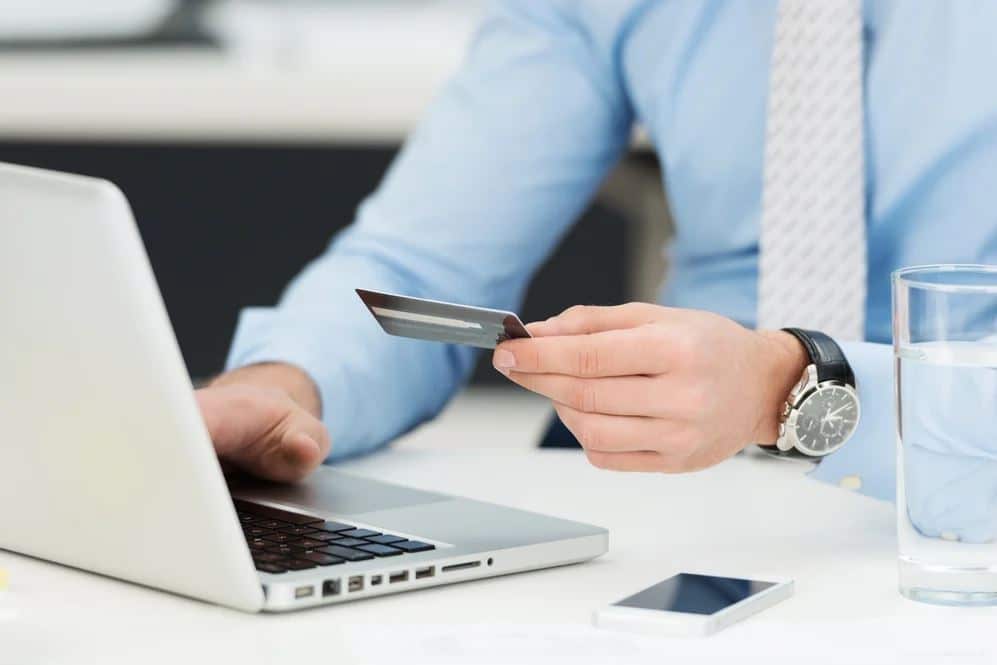Insight / Blog
Why Retailers Need Ecommerce Returns to Recover In-Store Revenue

Summary: Automating in-store returns with kiosks will increase footfall and revenue, without disrupting staff.
With return rates hitting nearly 40% for some merchants, ecommerce margins are being stretched thin. Add to that the rising cost of energy bills for physical stores, and retailers are facing choppy waters across all environments.
Bringing ecommerce returns back into store allows retailers to recapture revenue and incentivise more sales, all the while delivering a better experience for consumers. It’s a strategy that retailers like Zara are already taking advantage of by charging customers for online returns unless they return the items in-store. As 60% of UK consumers would shop elsewhere if return fees were introduced, having the free in-store option will help retain customers and convenience them to buy more, particularly as 90% of people are more inclined to purchase with free returns.
Using physical stores to fulfil ecommerce services is a strategy that Next are leaders in; recently proposing to keep 195 profit-loss-making stores open to fulfil ecommerce demand. Currently, 80% of all returns are handled in-store, despite 65% of Next’s sales being digital.
However, traditional returns processes can stress store operations and staff capacity at a time when retailers can ill afford inefficiencies or a worse customer experience.
Self-service returns kiosks enable automated in-store returns, with minimal impact to staff and a highly-rated customer experience. Consumers scan their QR code, attach a label to the parcel and drop it into the secure box, all of which can be achieved in under 60 seconds, while staff ar free to focus on increasing in-store sales with minimal disruption.
Increasing sales through returns
Collect+ data reveals that once in-store, up to 40% of consumers make an additional purchase.
As return kiosk users are already customers, in-store conversion is expected to be higher – particularly if the kiosk is placed next to best-sellers or high-margin items, increasing the value of recaptured revenue.
In addition, the data provided by returns kiosks could also help drive immediate solutions that address why consumers have returned in the first place. Around 20% of online products are returned, compared to the lower rate of 9% from a brick-and-mortar store. Shopify data shows that consumer preference-based returns, such as size or fit, tend to drive around 72% of all returns in fashion product categories.
Most of these problems could be easily solved if consumers could physically try the item before purchasing it – and therein lies an opportunity for repurchasing using data from kiosks. If a consumer is returning because of fit, and the item is in stock in-store, a promotion could be triggered to find the right size in-store and repurchase – perhaps using the instant refund they’ve just received, if the retailer chooses to enable refund release upon the item being deposited into the secure box – something Doddle’s Self-Service Returns Kiosks can enable.
Doddle launch lightweight & adaptabel countertop kiosk for all retail spaces
Delivering a better consumer experience
Happy customers are loyal customers. To keep customers happy, you need to get returns right – as 8/10 of consumers won’t shop with a brand again after a negative returns experience. However, 92% of consumers will return to buy again if you get returns right.
Kiosks are a way to streamline the returns experience by removing many pain points in the journey. Self-service and paperless, consumers don’t have to queue at a till or customer service desk to return items or print a label at home. In addition, consumers receive immediate digital communications confirming their return and (depending on the retailer’s desired returns process) an instant refund. At the retailer’s discretion, customers won’t have to wait days for an item to arrive and be processed at a warehouse; their returns journey can be completed as soon as the item is in the secure kiosk box.
What’s more, self-service kiosks also appeal to consumer preferences as:
-
61% of consumers prefer to return goods at a retail store
-
66% of consumers choose self-service checkouts because they are faster
-
73% of consumers want the ability to solve product/service issues on their own
It’s part of the reason that our kiosks have a consistent customer satisfaction score of 93% after over a million returns.
Turning returns into sales opportunities
Driving ecommerce returns in-store opens up more traffic and footfall, which can be transformed into more revenue for retailers. Using a kiosk to drive this traffic ensures that staff workload is protected, queues are minimal, and consumers get the best returns to experience on offer with a self-service and paperless returns solution that will keep them coming back to your store time and time again.
Ready to see how our returns kiosks can increase your revenue? Get in touch today.
Topics:
Related articles
How 3PLs Can Cut Costs, Reduce Waste and Boost Revenue With Smart Returns Management
3PLs should take advantage of returns to help reduce cost, efficiently manage warehouse resources, and aid growth.
Saving profits and the planet: 4 ways to sustainable & cost-effective returns
Returns drain profits and damage sustainability. Luckily, retailers can implement both cost-effective and sustainable returns using these 4 ways.
Speedy refunds: creating happy customers through fast & effective returns
Find out how speedy refunds can recapture revenue, increase customer loyalty and boost lifetime value.











